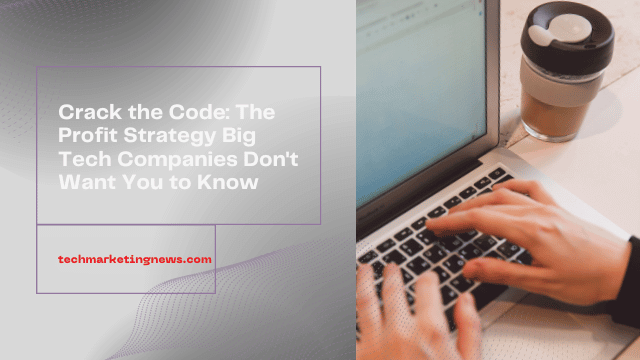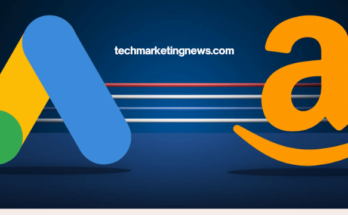The digital landscape has evolved significantly over the last few years, and it can be tricky for e-commerce companies to navigate the changes and stand out from the competition.
Google, Facebook, and Amazon are now three of the most valuable technology companies in the world. When it comes to the digital economy, more than two out of every three dollars spent on digital ads in the United States goes to one of these three companies!
It’s no surprise that Google, Facebook, and Amazon own assets that will continue to keep them in positions of power.
For example, here is a top-line list of the assets Google owns:
- 246 million unique visitors in the US
- The second-largest search engine: YouTube
- 1.5 billion Gmail users
- $96.3 billion in revenue on their Google sites
- $19.98 billion on Google Network sites
- Android (which is 75% of the mobile market)
- Massive database of customer data
Additionally, Facebook owns the following:
- 2.45 billion active monthly users
- 1.5 billion mobile users
- 1.3 billion Messenger active monthly users
- 1.5 billion WhatsApp active monthly users
- Instagram (67% of 18-29 year-olds on this platform)
- Database of collected customer data
- 55 billion in advertising revenue in 2018
- Oculus virtual reality
And Amazon owns:
- 105 million Prime members
- 210 million monthly unique visitors
- World-class customer experience
- Own the end-to-end sales process and distribution for online retail
- Amazon Web Services
- Alexa-enabled devices
Owning the Relationship
Although these assets all help keep these companies in power, the most important asset each one owns is “the relationship”. For Amazon, this is their 105 million Prime members, for Facebook, it’s their 2.45 billion monthly active users, and with Google, it’s their 246 unique users.
Owning the relationship with that many users means that anytime a business wants to reach those users, they have to “pay a toll” to Google, Facebook, and Amazon. This is the ultimate holy grail: to own your platform and relationships to avoid “owing” anyone else.
How You Can Own The Relationship
The good news is, as small business owners, there are things you can do to achieve this. For example, you can:
- Access customers through US postal addresses (this can get pricey)
- Collect US phone numbers
- Create an owned database of email addresses (marginal cost is low and engagement can be very high)
In 2018, the Direct Marketer Association found that for every $1 spent on email marketing you could expect up to $32 in return. Over 99% of email users check email every day. This communication channel provides access to both mobile and desktop users at a marginal cost close to zero. When you invest in building an email list, you own your customer data. You know who opens it, who clicks it, and what worked and what didn’t. In short, when you establish a relationship through email, you own the relationship – don’t have to pay a toll every time you communicate with your customers.
While the digital landscape has changed over the last few years. Ecommerce companies are finding ways to adapt and grow in tandem with massive players like Google, Facebook, and Amazon.




